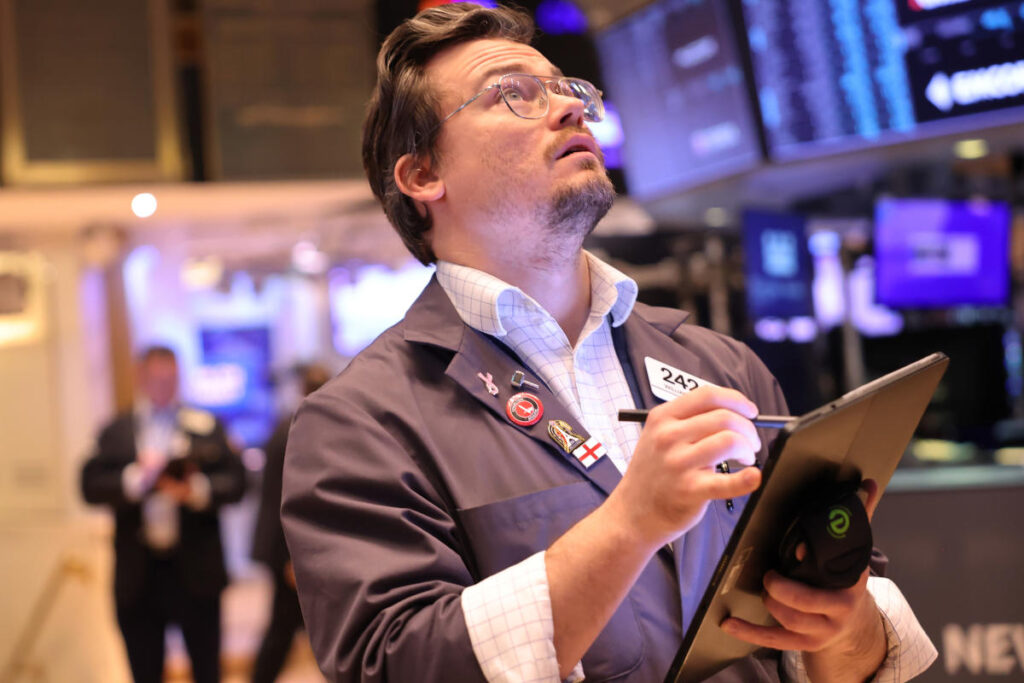Nvidia (NVDA) has experienced significant stock volatility, continuing its downward trend with shares falling more than 10% from their record high close in November. On a recent Tuesday, the stock dropped nearly 3% during early trading but managed to recover from its lowest points during the session. This decline mirrors broader market movements, as all three major indexes have faced similar pressures amid investor concerns regarding the potential trajectory of the U.S. economy in 2025. The stock market, which has witnessed a remarkable rally since July, is now perceived as somewhat vulnerable to correction, leading to discussions among investors about preparing for a possible decline of 8% to 12% in the near future.
James Demmert, the chief investment officer at Main Street Research, highlighted these concerns during an interview with Yahoo Finance, suggesting that the stock market’s impressive growth may not be sustainable in the longer term. His insights suggest that as traders navigate the uncertainties surrounding economic conditions, especially in relation to the Federal Reserve’s future interest rate policies, it’s prudent for investors to brace themselves for potential market corrections. Demmert believes that the Federal Reserve has likely reached a neutral interest rate, implying that significant cuts might not be forthcoming. This stability in rates contributes to the mixed sentiment surrounding stock prices.
The investor community is particularly focused on the breadth of the market as 2025 approaches, especially following the explosive growth seen in large-cap technology stocks often referred to as the “Magnificent Seven.” According to the latest Bank of America Fund Manager Survey, these stocks have become the most crowded trade, with a significant majority of investors, around 57%, recognizing the popularity of this investment strategy. While Demmert acknowledges the strong performance of the Magnificent Seven, he also emphasizes that the market landscape may change, allowing for more sectors and stocks to gain traction and achieve robust returns.
Looking ahead, there is an expectation that the performance of the Magnificent Seven will continue to be strong in 2025. However, Demmert argues that other investment opportunities with appealing valuations could also see improved performance, particularly as advancements in artificial intelligence begin to drive earnings growth across sectors. This perspective suggests a potential shift in market dynamics where a wider array of companies may begin to attract investor interest beyond established technology giants.
As the market contemplates the economic landscape of 2025, investors are urged to reevaluate their portfolios and consider diversifying investments to mitigate risks associated with over-reliance on a select few stocks. The strong concentration within the Magnificent Seven raises concerns about vulnerability if these stocks falter. Diversifying investments allows for a more balanced approach and prepares investors for a broader range of market outcomes in the coming years.
In conclusion, the ongoing fluctuations in Nvidia’s stock, alongside broader market trends, highlight the complexities and uncertainties facing investors as they look toward 2025. With potential corrections looming and the Federal Reserve navigating interest rates, market sentiment is shifting. While the Magnificent Seven has delivered notable returns, the future may hold potential for other sectors to shine, driven by advancements in technology and AI. Adapting investment strategies will be crucial to capitalize on emerging opportunities while managing risks in an evolving economic environment.

